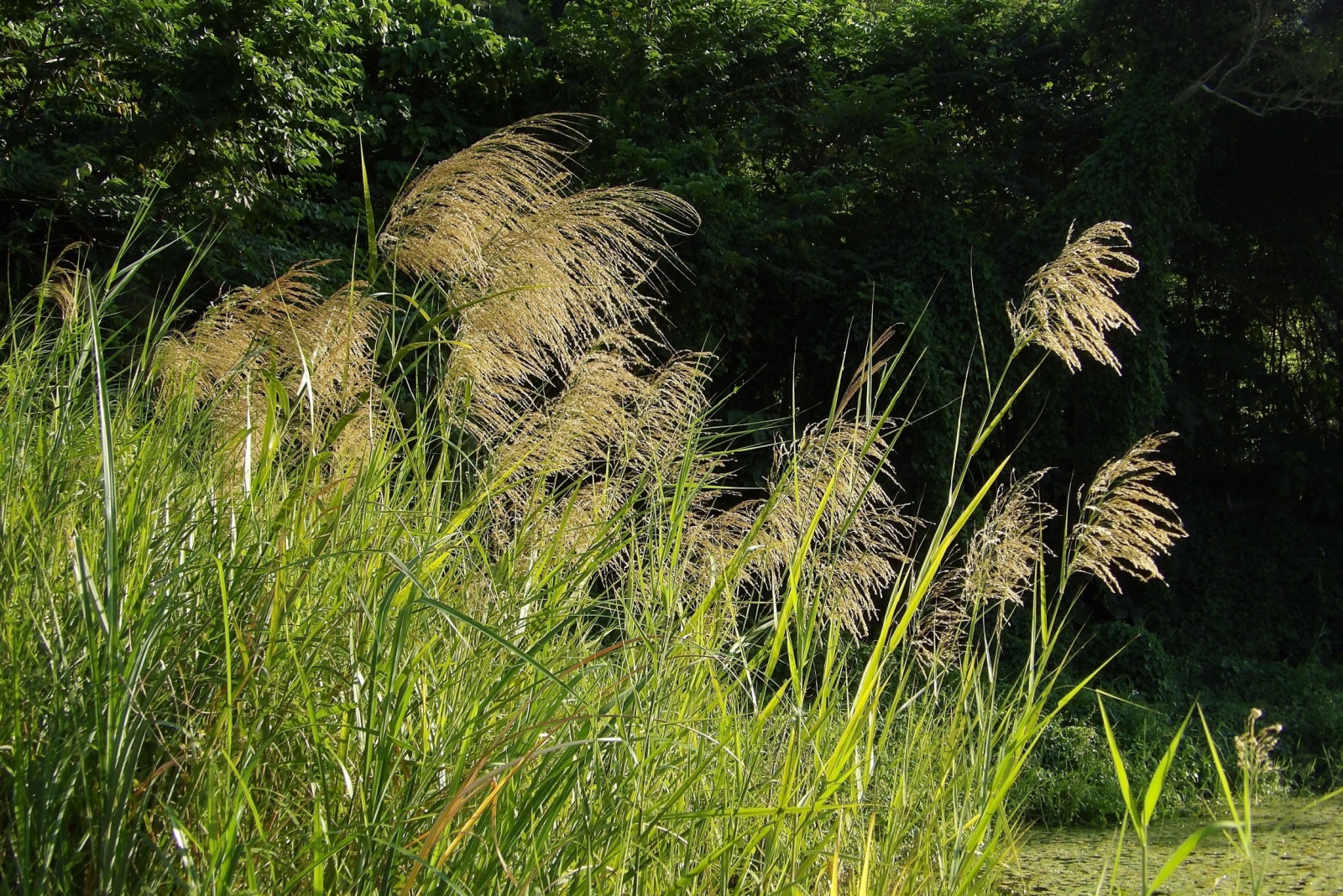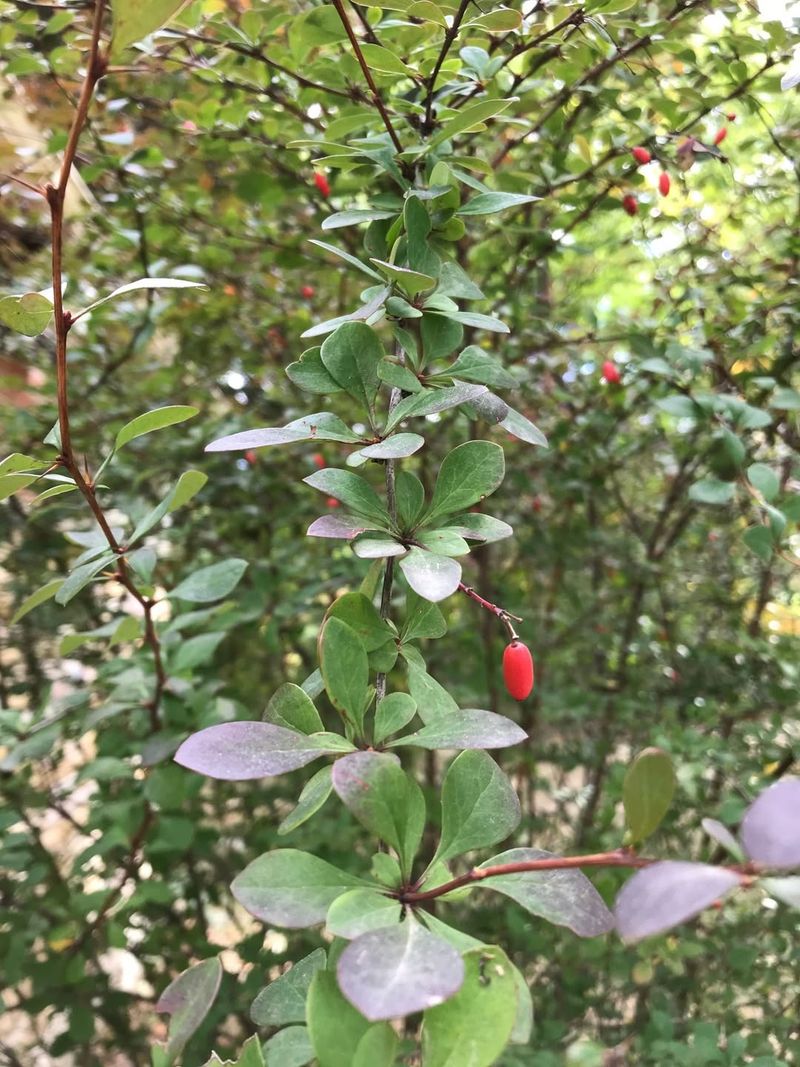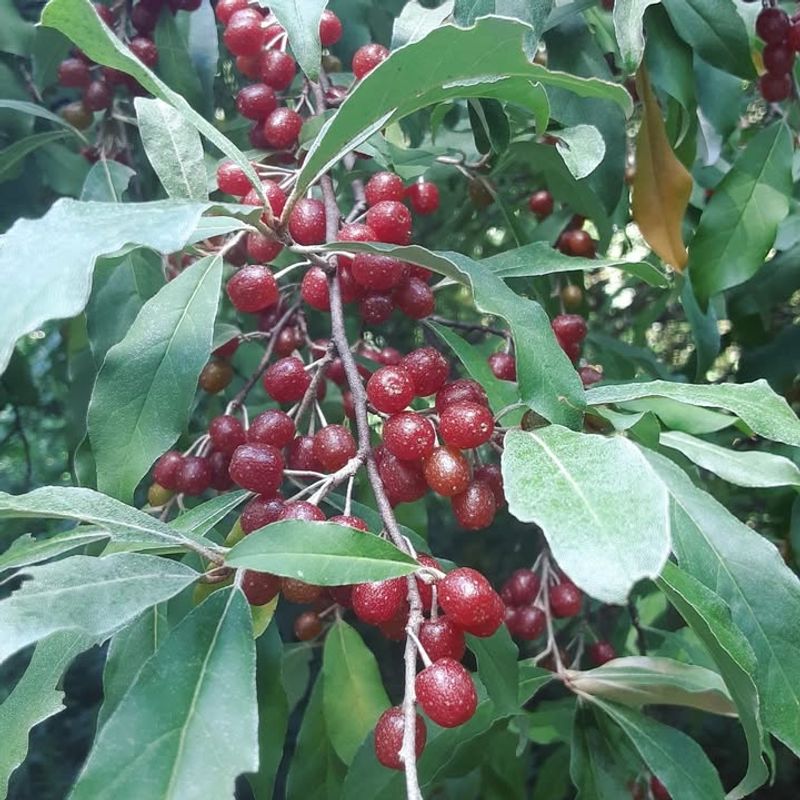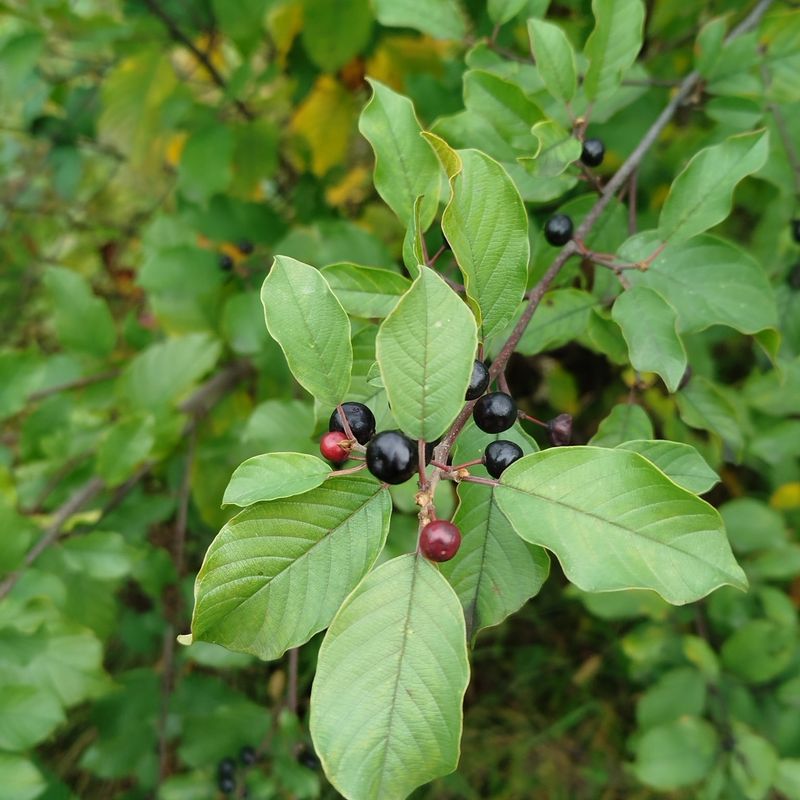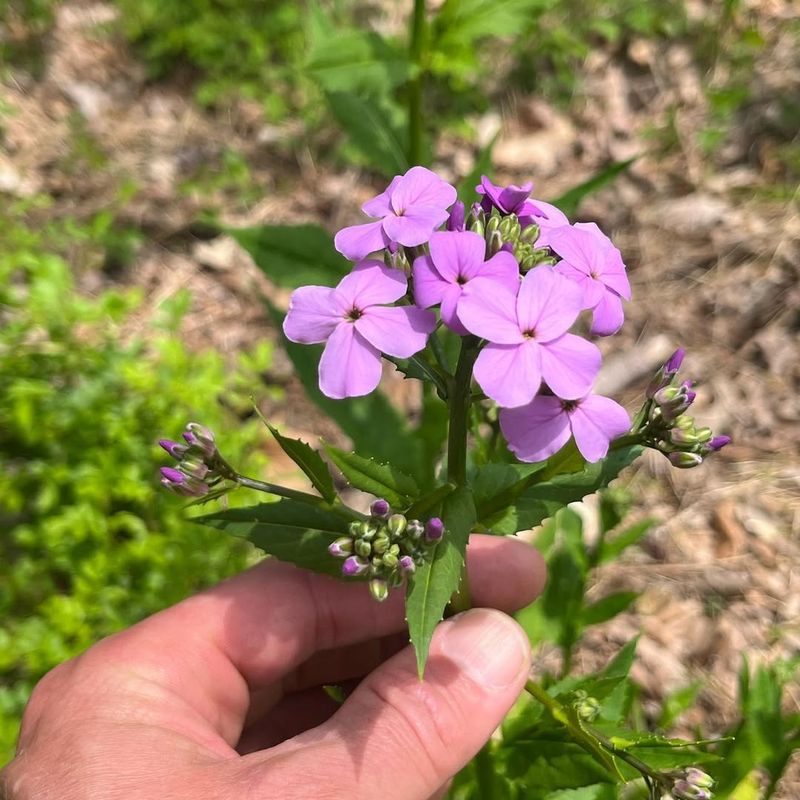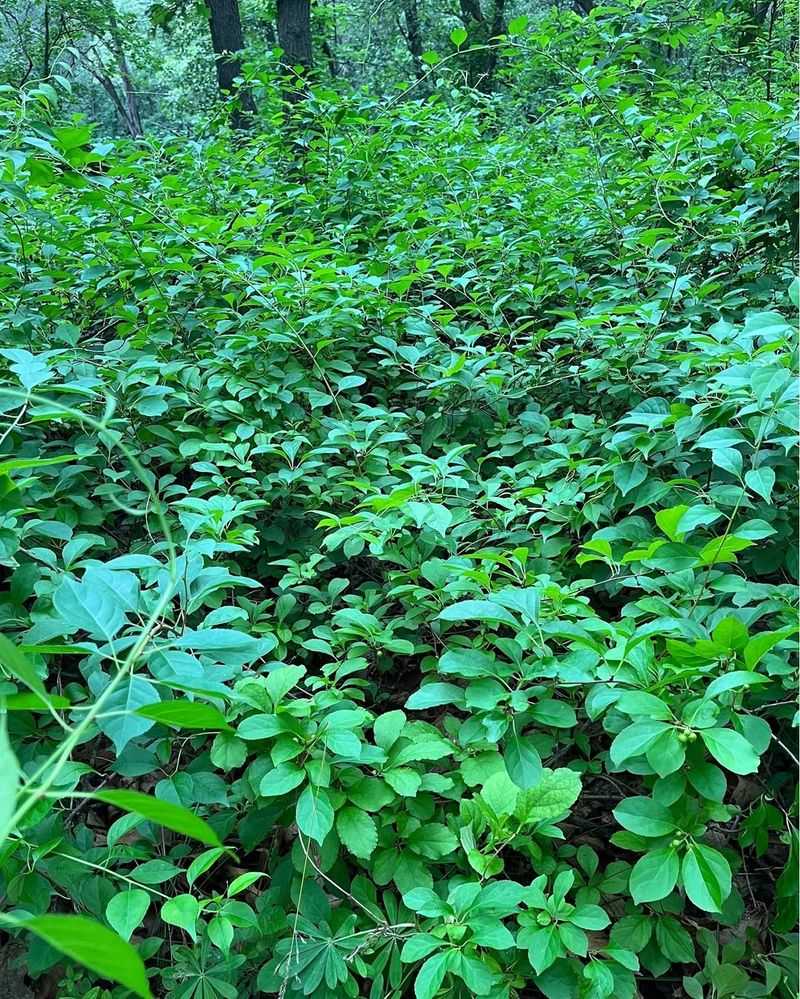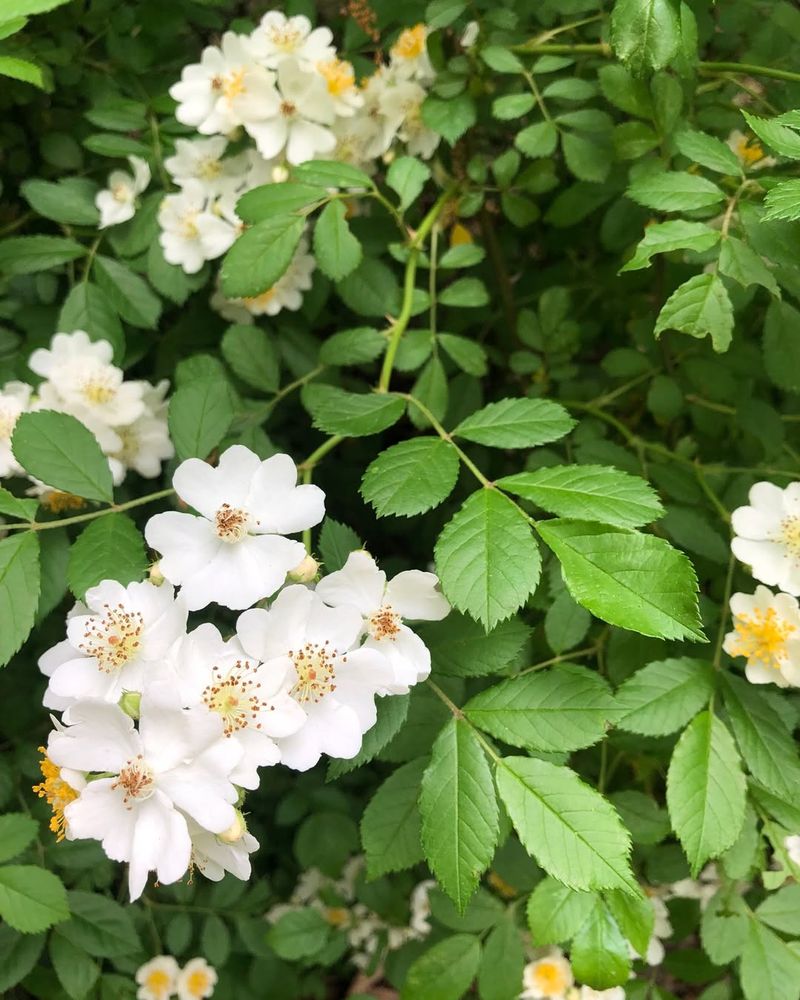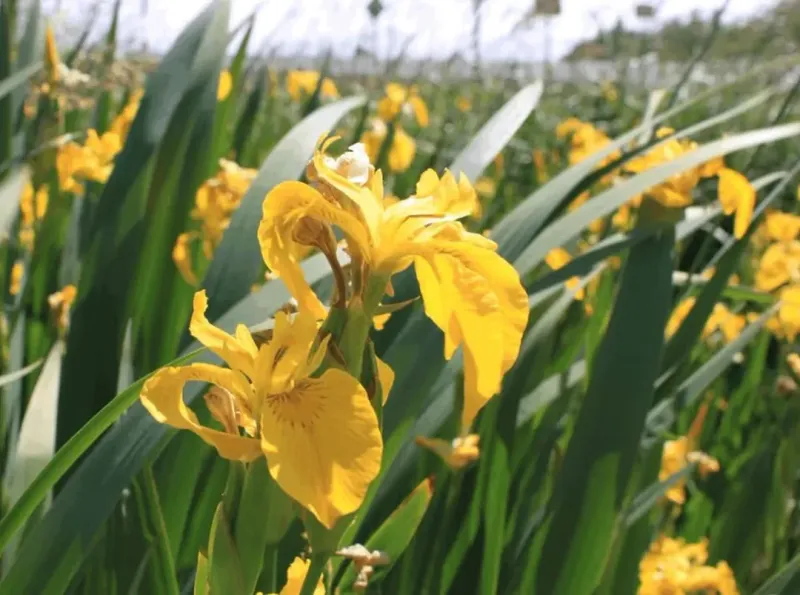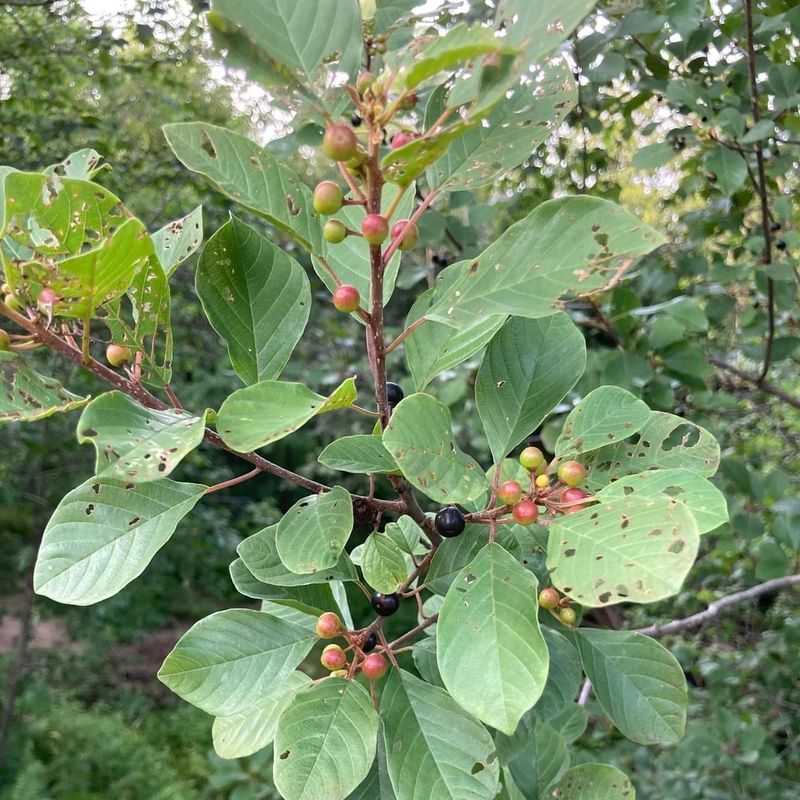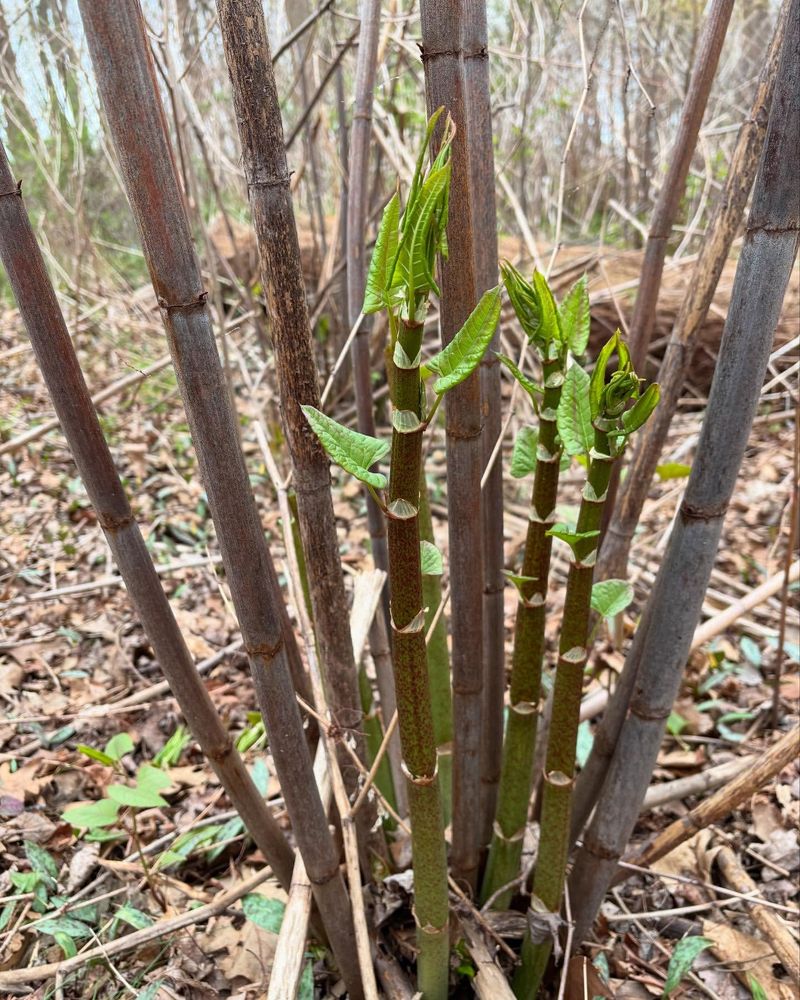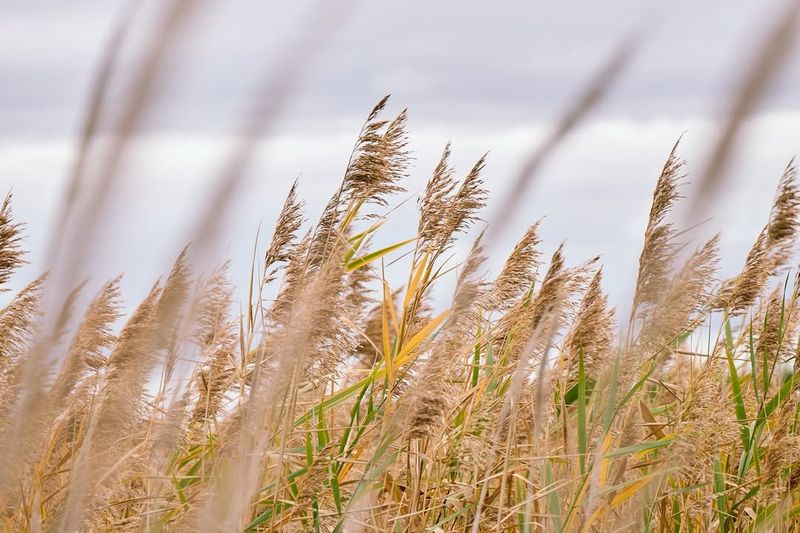Michigan gardeners might want to check their flower beds carefully. Some popular plants growing in backyards across the state could face restrictions or outright bans due to their invasive nature.
Understanding which plants might be targeted helps you plan smarter and protect Michigan’s native ecosystems from harm.
1. Japanese Barberry
Once praised for adding vibrant fall color to landscapes, Japanese barberry has become a real headache for Michigan’s natural areas. Its dense thickets crowd out native plants and create perfect hiding spots for disease-carrying ticks.
Homeowners love its low maintenance requirements, but wildlife experts see a different story. The shrub spreads rapidly through bird-dispersed seeds, taking over forests and parks.
Michigan officials are closely monitoring this species. Consider swapping it for native alternatives like American cranberry bush before regulations tighten.
2. Autumn Olive
Brought to America decades ago for erosion control, autumn olive seemed like a brilliant solution at the time. Farmers planted miles of this silvery-leaved shrub along roadsides and fields throughout Michigan.
Fast forward to today, and it dominates entire hillsides. Birds feast on the berries and spread seeds everywhere, creating impenetrable thickets that choke out native vegetation.
State conservationists are pushing for stricter controls. If you spot this aggressive grower on your property, removing it now saves future trouble and protects local plant diversity.
3. Common Buckthorn
European settlers introduced buckthorn as hedging material centuries ago, never imagining the chaos it would unleash. Today, it dominates Michigan woodlands, forming dense shade that prevents native wildflowers from growing underneath.
Its berries act like natural laxatives for birds, who then spread seeds across vast distances. The tree also hosts soybean aphids, making it doubly problematic for agriculture.
Removal programs are expanding statewide. Getting ahead of potential bans by eliminating buckthorn now helps restore healthier forest ecosystems around your property.
4. Dame’s Rocket
Many folks mistake this pretty purple flower for native phlox during spring woodland walks. Dame’s rocket looks innocent enough, blooming cheerfully along roadsides and forest edges throughout Michigan.
Appearances deceive, though. Originating in Europe, it aggressively colonizes disturbed areas and woodland edges, preventing native wildflowers from establishing themselves properly.
Each plant produces thousands of seeds that remain viable for years. Conservationists worry about its increasing spread. Pulling it before it sets seed helps, and planting true native phlox provides similar beauty without ecological harm.
5. Oriental Bittersweet
Crafters love gathering these colorful vines for fall wreaths and decorations. Florists feature them prominently in autumn arrangements, showcasing those distinctive orange and yellow berries.
Unfortunately, oriental bittersweet earns its reputation as a tree killer. The aggressive vine climbs high into canopies, strangling branches and blocking sunlight until trees eventually die from the weight and stress.
It also hybridizes with native American bittersweet, threatening that species with genetic extinction. Michigan may soon restrict sales and transport to prevent further damage to forests and gardens.
6. Multiflora Rose
Farmers once planted multiflora rose enthusiastically as living fences to contain livestock. Wildlife agencies promoted it for erosion control and bird habitat across rural Michigan.
What seemed practical became problematic fast. Arching canes root wherever they touch ground, forming impenetrable thorny jungles that consume pastures and forest edges.
Each plant produces hundreds of thousands of seeds yearly, spread by birds and mammals. Already banned in several states, Michigan officials are considering similar restrictions. Removing existing plants requires persistence but protects valuable farmland and natural areas.
7. Yellow Iris
Garden ponds and water features often showcase yellow iris for its cheerful blooms and easy care. Nurseries market it as perfect for wet areas where other ornamentals struggle.
Trouble starts when it escapes cultivation. Yellow iris rapidly colonizes natural wetlands, forming dense stands that exclude native vegetation and reduce habitat quality for amphibians and waterfowl.
Its rhizomes contain toxins harmful to grazing animals. Several states already regulate this species. Michigan may join them soon, so consider native blue flag iris instead for similar beauty without environmental consequences.
8. Glossy Buckthorn
Often confused with its relative common buckthorn, glossy buckthorn prefers wetter sites like swamps and stream banks. Landscapers initially valued its tolerance for soggy soils and shade.
Like its cousin, it transforms diverse wetlands into single-species stands. The shrub’s dense growth shades out native sedges, ferns, and wildflowers that provide crucial habitat for wetland creatures.
Birds spread its seeds efficiently, allowing rapid expansion. Michigan’s Department of Natural Resources lists it as a priority invasive species. Expect potential sales restrictions as awareness grows about its environmental impact.
9. Japanese Knotweed
Resembling bamboo, Japanese knotweed shoots up incredibly fast during spring, reaching heights over ten feet by summer. Victorian gardeners introduced it as an ornamental curiosity from Asia.
Underground rhizomes spread aggressively, cracking foundations, driveways, and even breaking through pavement. Fragments as small as a fingernail can sprout new plants, making control extremely difficult.
It crowds out everything in its path and costs millions in damage and removal efforts. Michigan already discourages planting it, and complete bans seem inevitable as infestations worsen statewide.
10. Phragmites
Towering reed stands line Michigan highways and shorelines, sometimes reaching fifteen feet tall. While native phragmites exist, aggressive European varieties have taken over vast wetland areas.
Invasive phragmites spreads through underground rhizomes and wind-blown seeds, forming monocultures that provide poor habitat for waterfowl and fish. The dense growth also blocks water flow and increases fire risk.
Michigan spends millions controlling it along roadsides and natural areas. Stricter regulations on transporting soil containing phragmites rhizomes may be coming to slow its relentless expansion across the state.

